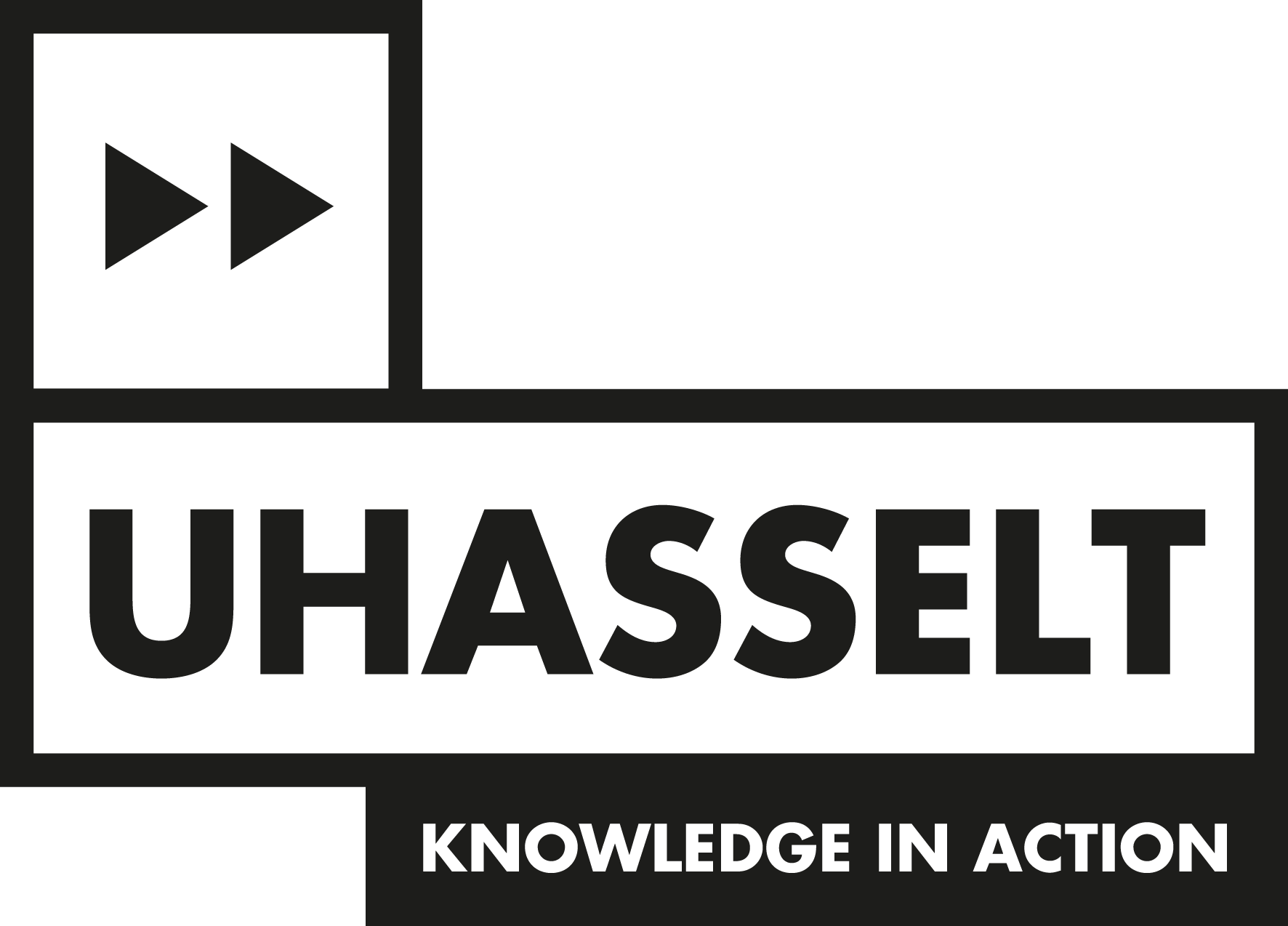Project R-13936
Title
NORM.AI: Natural Objects Rendering for Economic AI Models (Research)
Abstract
Natural objects (vegetables, fruits, food, etc.) are omnipresent in different industrial applications: food sorting, vegetable spray treatments, precision & automated farming, etc. Automating these applications to deal with large variabilities of natural objects (object's detection, recognition, pose estimation, etc.), requires innovative technologies that are enabled by Artificial Intelligence (AI) that has the ability to generalize to variabilities. However, training these AI models would require thousands of images / videos with detailed annotations of different items. In the state of the art, one needs >10k images to (re-)train an AI model with an accuracy of >90%, when, in average one minute is needed to annotate one 'real' image, however these can increase drastically depending on the use case at hand and the variability around it. The more variability one wants to cover, the more training images are needed. These findings clearly indicate that in order to be able to deploy AI models in the industrial applications, innovative techniques are highly needed to remove the burdens of data annotations. These techniques need also to be easily usable by end users to avoid large amount of manual work to update the proposed methodology to new applications. NORM.AI builds further on the successful results from PILS SBO, where rendering techniques were applied to industrial products with CAD (Computer Aided Design) information, to retrieve AI (synthetic) training data from updated CAD with radiance models. While CAD facilitates synthetic data generation in PILS SBO by providing a reference model to start rendering from, the goal of NORM.AI project is to extend this research to Natural objects where no CAD is available. Therefore, defining a reference model to start rendering from, is part of the research in the project. Creating variations from the reference model that takes both spatial & time changes of the natural objects and the natural scenes, as well as finding a sweet spot between real data augmentation techniques & synthetic data generation techniques constitute another research challenge in the project. This research will allow to identify economic scenarios of training data generation, taking into account their effect into AI model's accuracy and robustness.
The project focuses into three research applications:
1. Food sorting applications, where 2D images are used to detect & sort fruits & vegetables, as they are coming, for example, in a conveyor system.
2. Crop monitoring applications, where images from 2D cameras, for example, installed in a harvester, are used to detect vine's rows, crop distribution, etc.\
3. Weed monitoring applications, where 2D images guide a spraying system to locally spray weeds in a high precision.
Period of project
01 September 2023 - 31 August 2027
